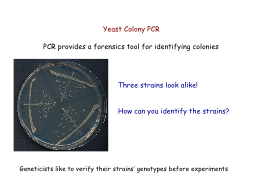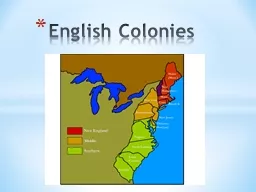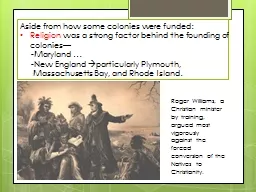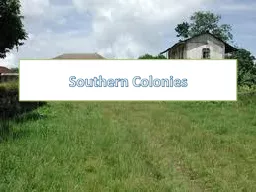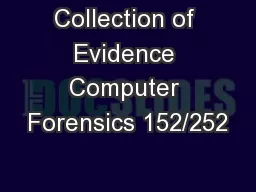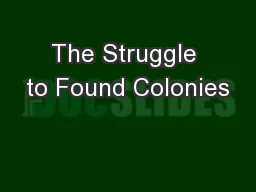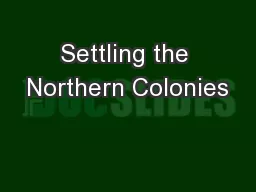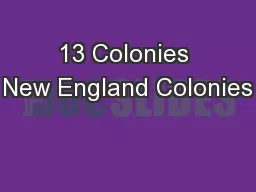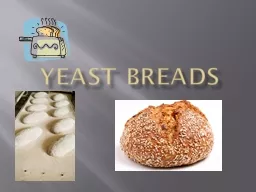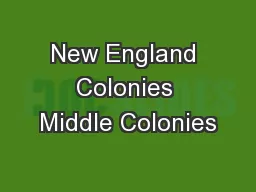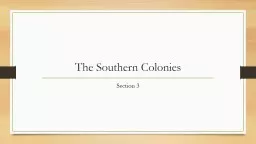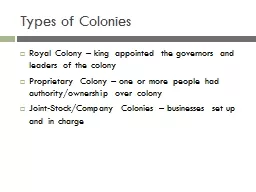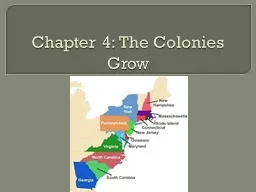PPT-Yeast Colony PCR PCR provides a forensics tool for identifying colonies
Author : layla | Published Date : 2023-10-28
Three strains look alike How can you identify the strains Geneticists like to verify their strains genotypes before experiments Photo by Yellowstone NPS Discovery
Presentation Embed Code
Download Presentation
Download Presentation The PPT/PDF document "Yeast Colony PCR PCR provides a forensic..." is the property of its rightful owner. Permission is granted to download and print the materials on this website for personal, non-commercial use only, and to display it on your personal computer provided you do not modify the materials and that you retain all copyright notices contained in the materials. By downloading content from our website, you accept the terms of this agreement.
Yeast Colony PCR PCR provides a forensics tool for identifying colonies: Transcript
Download Rules Of Document
"Yeast Colony PCR PCR provides a forensics tool for identifying colonies"The content belongs to its owner. You may download and print it for personal use, without modification, and keep all copyright notices. By downloading, you agree to these terms.
Related Documents

